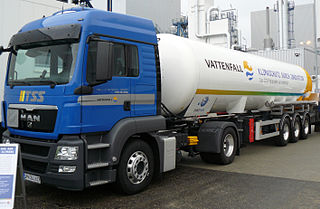In an effort to increase their energy efficiency, many companies in high-temperature process industries are turning to oxy/fuel. Oxy/fuel has an oxygen content greater than 90%, compared to air’s 21% oxygen content. This eliminates the need to heat the 78% of the air that’s nitrogen to the temperature of the flame, thereby resulting in less flue-gas energy loss.  Using oxy/fuel also reduces the production of nitrogen oxide (NOx), at a time when lowering greenhouse gas emissions is an increasingly growing concern among many companies in process combustion industries.
Using oxy/fuel also reduces the production of nitrogen oxide (NOx), at a time when lowering greenhouse gas emissions is an increasingly growing concern among many companies in process combustion industries.
When considering oxy/fuel, however, several issues should be taken into account, beginning with the cost of the oxygen piping and, of course, the gas itself. Needless to say, oxy/fuel is more expensive than simply using air from the atmosphere, although this is usually more than made up for by savings from not having to heat the nitrogen. Using oxy/fuel also involves enhanced safety precautions. Personnel must be trained in its proper handling and use. Oxy/fuel flames are significantly hotter than natural-gas flames, providing higher transfer rates and greater thermal efficiency. However, one must be mindful of the potential impact on the product or the process, being aware of possible issues such as increased slag, scale, corrosion of the vessel lining, etc.
When engineering industrial combustion processes to use oxy/fuel, steps should be taken to decrease the amount of energy required, ensure safety, and prevent damage to the furnace. Choosing the right refractory material, for example, can substantially increase the life of the furnace’s lining. The key before moving to oxy/fuel is to develop process engineering solutions for the furnace system that prepare it to gain all the possible efficiencies without causing damage or safety hazards.
Takeaway
Any business involved with industrial combustion is wise to consider its many options for producing heat in the most efficient manner possible. Using oxy/fuel is an attractive option because of its great potential to reduce energy costs. You should be aware of the challenges, but those issues can be overcome with solid engineering.
Image courtesy of SPBer, Creative Commons.


